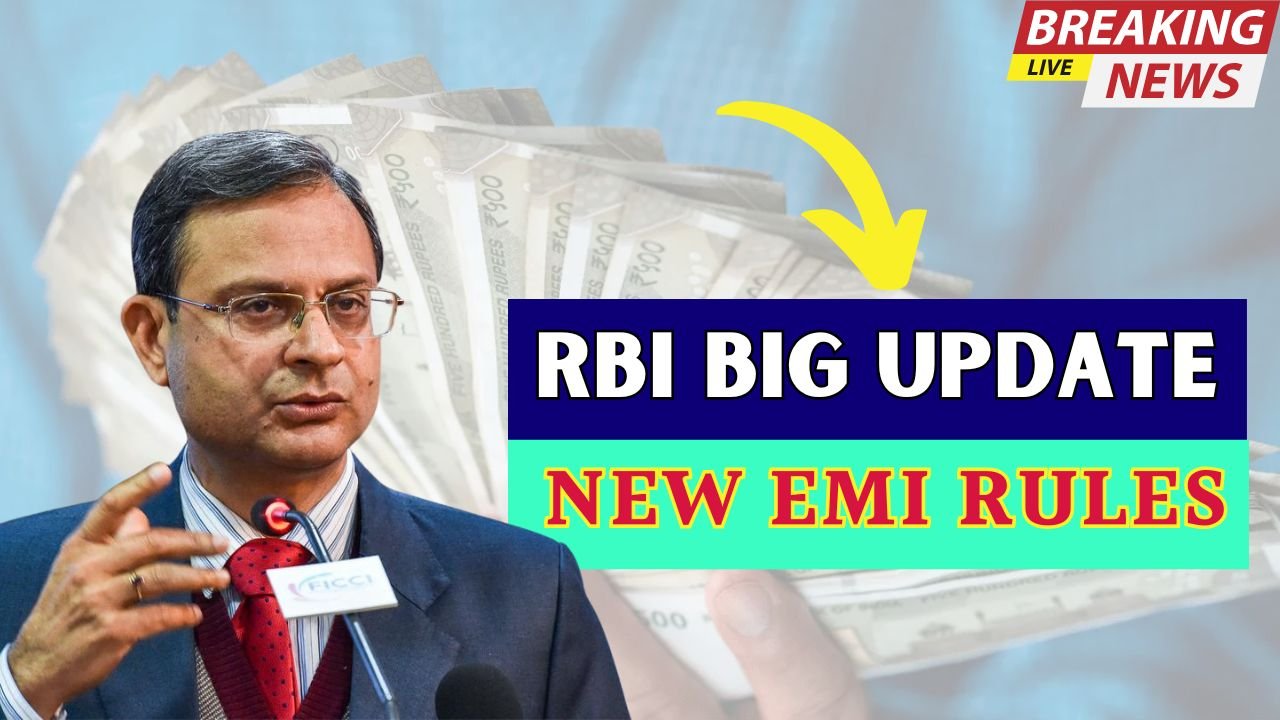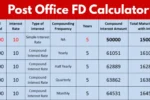From time to time, the Reserve Bank of India (RBI) releases guidelines for loan EMIs with an aim of providing distress relief to borrowers. The new framework lays emphasis on the restructuring of repayment schedules with greater flexibility in tenure and would thus do away with penalty charges on defaulters trying to meet their monthly obligations. This measure is in reinforcement of RBI’s efforts ever since to support the citizens in distress arising out of the spike in living costs and fluctuating interest rates.
Rationale Behind the Issuance of New Guidelines
The RBI circular spoke of economic interruptions, inflation, and disruptions in income cornering borrowers engaged in retail and MSME sectors from performing their EMIs regularly. Bearing down on this, the central bank issues instructions to all banks, NBFCs, and housing finance agencies to take customer-friendly steps so that defaults in repayment are avoided without the blemish of an unfair tag to their credit scores.
Flexible EMI Restructuring
Going by this policy, restructuring of EMI schedules and extension of loan tenures can be considered by lenders for borrowers who are in a position to prove genuine financial hardships. Eligible borrowers who may have defaulted after paying at least 12 EMIs but can no longer continue under the existing terms can apply for a revised schedule. The rescheduling could be for temporary reduction in EMIs, extension of tenure for up to 24 months, or granting of a short-term moratorium, subject to the borrower’s capacity to repay.
Credit Score-Free Relief
This is one of the most important updates of the RBI, declaring that borrowers who elect for the new restructuring scheme will not have an automatic derogatory impact on their credit scoring. The central bank has stated that the request should be dealt with under the present relief framework and distinguished from a loan default. The intent is to preserve the financial credibility of the borrower and give them time for their income sources to stabilize.
Banks to Adopt Customer-Centric Approach
The RBI has recommended banks to treat such cases with greater empathy and transparency. The option available to the borrower must be fully explained to them, and their consent must be obtained in writing before any changes are made to repayment terms. Furthermore, the banks are expected to refrain from any form of coercive recovery method and advise borrowers with formal programs for repayment support.
Eligibility and Documentation
In case somebody withdraws EMI relief, evidence of loss of income or financial distress may have to be provided, such as payslips, bank statements, or the self-declaration form. The bank evaluates each case on merit before arriving at a decision on the revised modalities. Both the salaried and self-employed are eligible for relief, Dr. Per the RBI, provided they have a valid loan account and have been repaying the loan since at least one year.
Impact on Personal, Home, and Vehicle Loans
Now, under the new framework issued by the RBI, retail loans covering personal loans, home loans, education loans, and vehicle loans are in its ambit. It is about time the housing loans would get an extension of 24 months at the most, whereas, for smaller personal loans, banks will keep the EMI amount under temporary reduction. NBFCs as well as digital lenders have been asked to comply to provide an equal amount of protection to the borrower.
Cheered by Industry Experts
The proponents of the regulation say that banking and financial experts have called for a “timely and much-needed step on stabilizing household finances.” The analysts believe that the new guidance will curb the increase in non-performing loans and provide some degree of relief to customers in a crisis situation. Their emphasis on borrower welfare will also help rebuild confi-dence in the Indian banking system.
Implementation Begins Immediately
The new EMI guidelines of RBI came into effect the moment the circular was issued. Banks and financial institutions are therefore expected to roll out clien-friendly communications and revised repayment options in the next few weeks. Borrowers having difficulties with repayment under the framework are advised to approach their bank first for restructuring alternatives.
Conclusion
With these updated guidelines, the Reserve Bank of India has reaffirmed its intent to remain watchful of financial stability while observing the interests of borrowers. The RBI intends to protect the credit scores of borrowers as well as support flexible EMI arrangements so that it may support its citizens all the while keeping the banking system healthy. For financially stressed borrowers, this is an important relief and instills confidence that they can manage their commitments.




